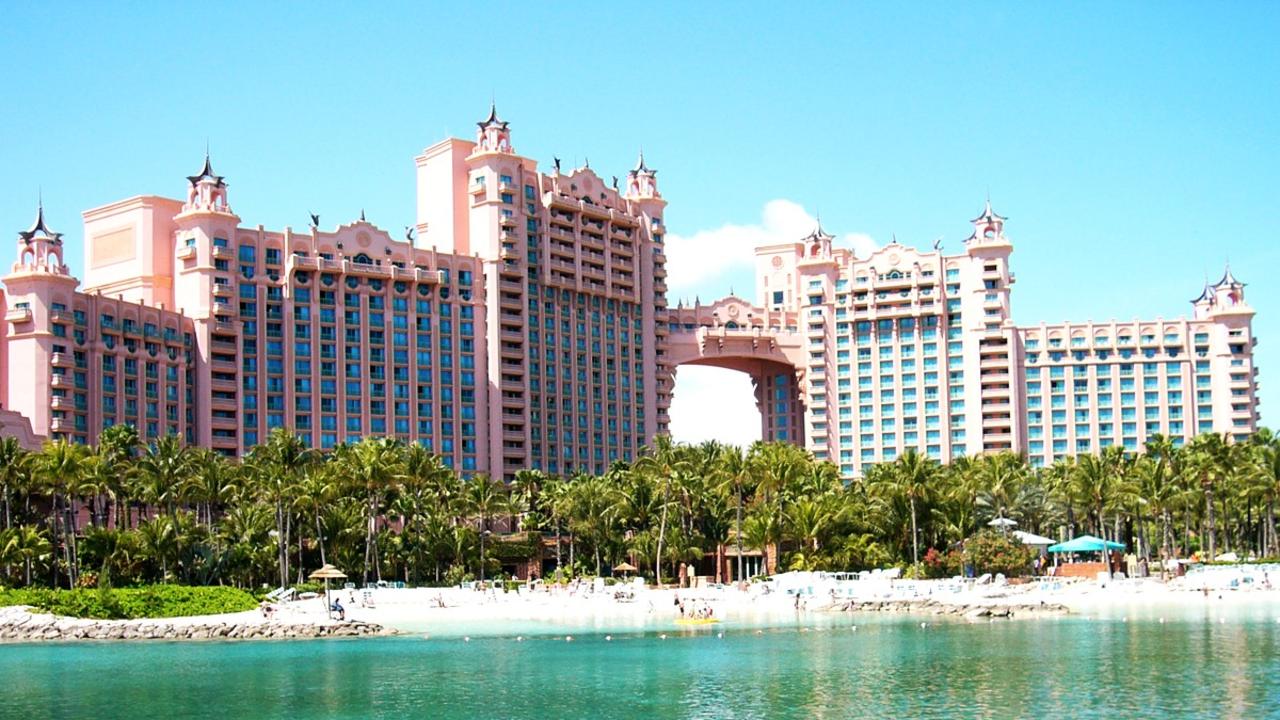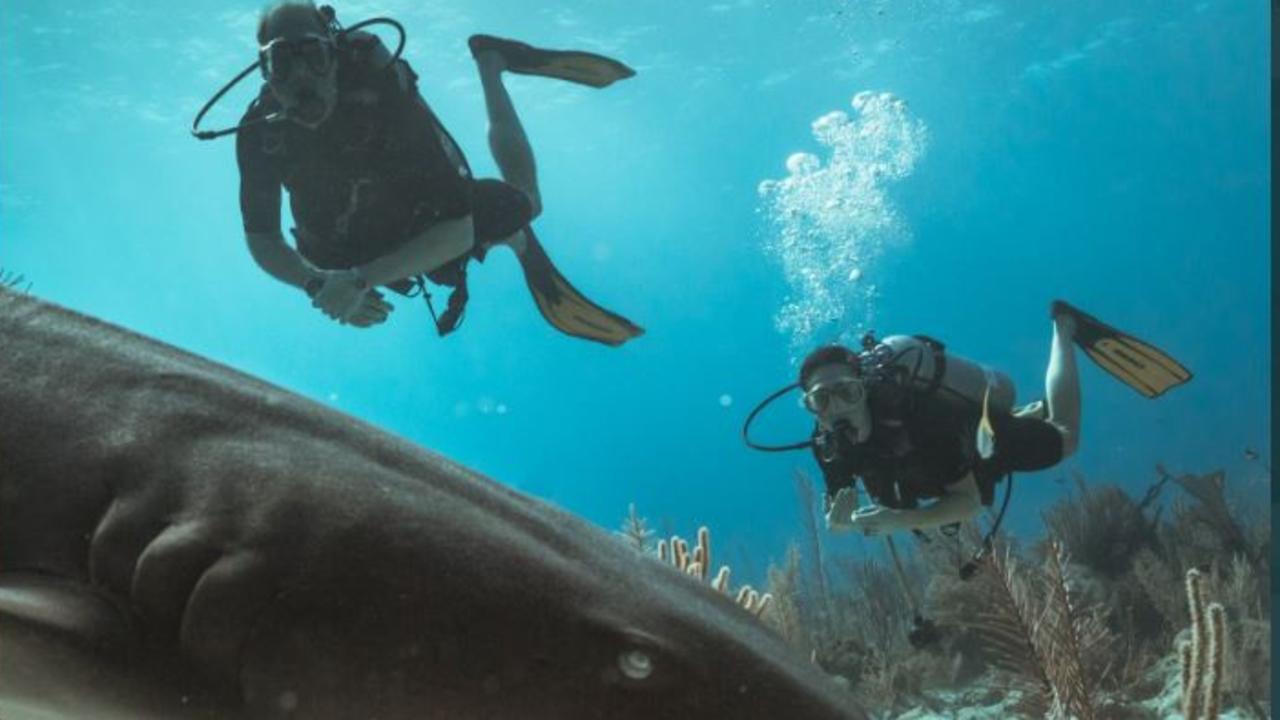Richard Branson and a group of scientists make exciting discovery inside Great Blue Hole
A groundbreaking mission to the bottom of the Great Blue Hole in Central America has uncovered a mysterious find along the ocean’s seabed.
Belize — the land of the infamous Great Blue Hole, Caribbean beaches and a rich tapestry of cultures. But what lies within the famous dark blue natural wonder has been mostly a mystery, until now.
A team of scientists, including Virgin billionaire Richard Branson, has returned from a mission to the bottom of the Central American nation’s Great Blue Hole — one of the world’s largest sinkholes.
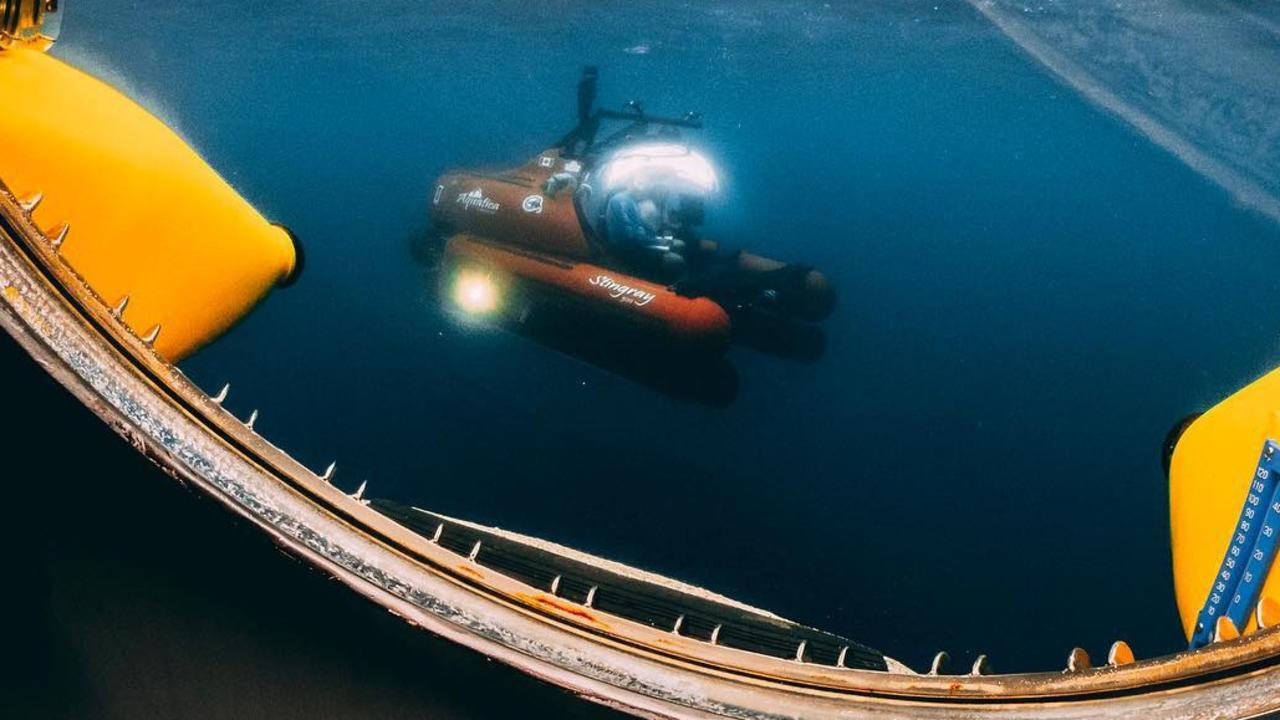
The groundbreaking voyage kicked off in December 2018, and saw the group descend to the bottom of the 125 metre hole to find out exactly what lives inside.
Using two submarines, the group hoped to discover what sat at the bottom of the mysterious hole, which was discovered in 1971 by underwater explorer Jacques Cousteau.
In an interview with CNN Travel, chief pilot of the expedition Erika Bergman said the underwater discovery was “really cool”, and captured images to create the first 3D map of the hole.
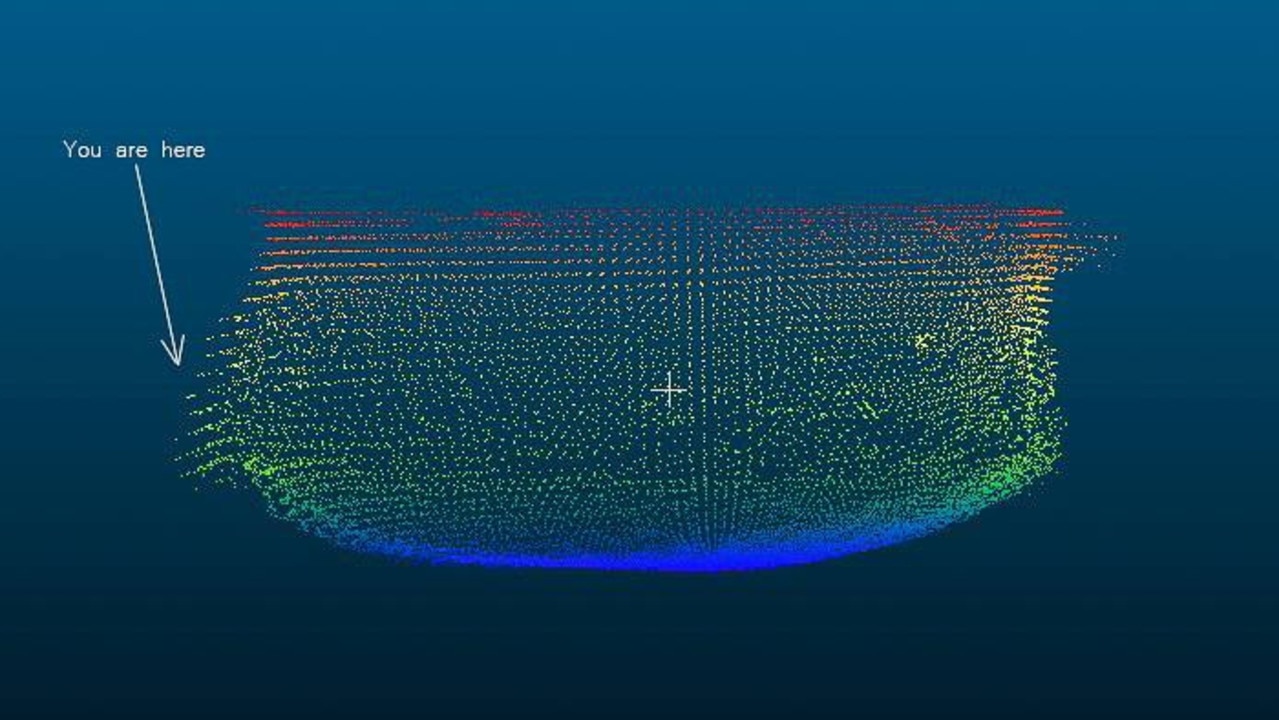
“We did our complete 360 sonar map and that map is now almost complete,” she said.
“It looks really cool, it’s this mesh-layered, sonar scan of the entire thousand-foot diameter hole.”
According to Bergman, one of the most exciting discoveries inside the sinkhole were never-before-seen stalactites, which are mineral formations shaped like icicles.
“That was pretty exciting, because they haven’t been mapped there before, they haven’t been discovered there before,” she said, noting the journey sent divers into darkness,” she said.
“You lose all of that Caribbean sunlight and it just turns completely black, and it’s totally anoxic down there with absolutely no life.”
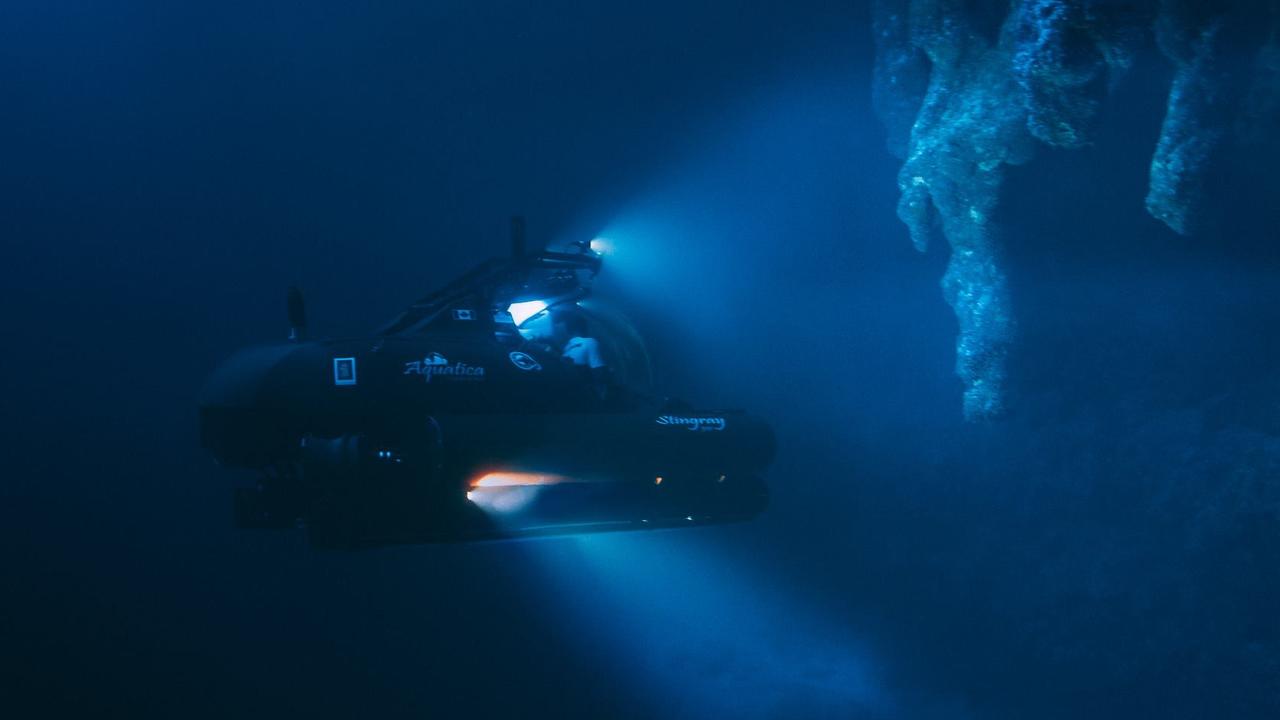
Despite uncovering various features in the murky waters, some discoveries were unable to be identified, including a set of strange tracks at the bottom of the hole and seemed to show little human impact.
“It’s neat that there are spaces on our planet — and most of them in the oceans — that are exactly the way they were thousands of years ago and will remain exactly the way they are thousands of years in the future,” she said.
The Great Blue Hole is a large underwater sinkhole off the coast of Belize.
It lies near the centre of Lighthouse Reef, a small atoll 62 miles from the mainland of Belize City and is part of the larger Barrier Reef Reserve System, a UNESCO heritage site.
The Blue Hole is thought to have once been a huge cave on dry land around 100,000 years ago but as the ocean rose again, the cave flooded.
The formations were created during past ice ages, when the sea level was as much as 100-201 metres (330-660ft) lower than it is now.
Stalactites were retrieved from submerged caves, which confirmed limestone formations previously existed above sea level.
The Great Blue Hole was given its name by British diver Ned Middleton.
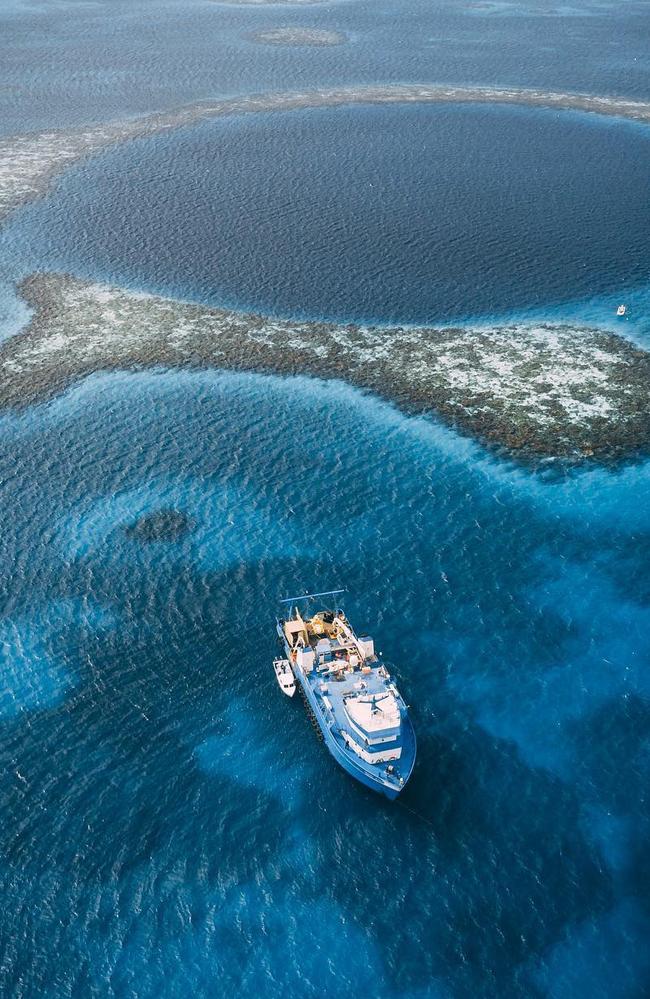
The circular shaped hole is 125 metres (410ft) deep and 300 metres (984ft) across, making it the second largest of its kind after the Dragon Hole in the South China Sea.
— with The Sun.


